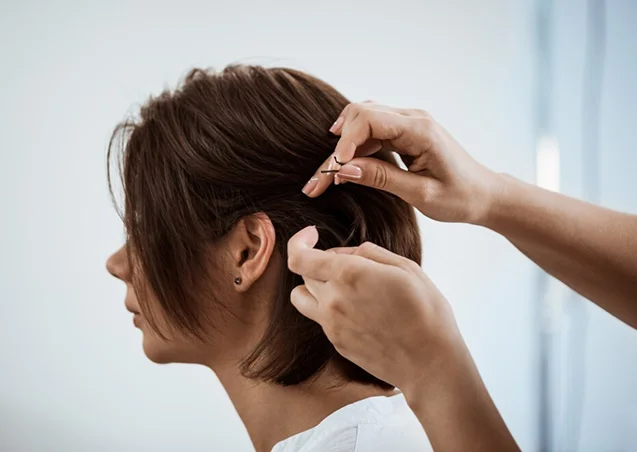Ideal Candidates for
Otoplasty
Children:
- Healthy individuals without underlying medical conditions.
- Children around the age of 5, when ear cartilage is stable.
- Those able to communicate their feelings and express no objections to the procedure.
- Children who may be experiencing bullying due to the appearance of their ears.
Adults:
- Those seeking cosmetic improvement and who are in good health.
Techniques include adjusting cartilage at the tip, straightening the bridge by reshaping bones, or removing excess bone or cartilage to eliminate bumps or humps.
Ideal Candidates for Ear Surgery (Teenagers and Adults):
- Individuals in good health, free from life-threatening illnesses or conditions that could interfere with the healing process.
- Those with a positive attitude towards the surgery and realistic expectations.
- Individuals who have clear, specific goals for the procedure.
- Non-smokers, as smoking can impact healing and recovery.
Etiology
The auricle develops between weeks 6-16 of pregnancy. Six hillocks form from the first and second branchial arches—three from the first arch (forming the tragus, crus helices, and helix) and three from the second arch, which makes up about 85% of the auricle. The auricle reaches its full shape at birth and 85% of its adult size by age 3, becoming nearly adult-sized by age 5 or 6. The lobule elongates with age, giving the appearance of continued growth.
Pathophysiology
The shape of the auricle is largely predetermined and not influenced by folding. The helix develops rapidly and overhangs the antihelix during weeks 8-12 of gestation. Most embryologists agree that the antihelical fold forms in the following weeks, medializing the helical rim. This process begins around week 6.
Steps of Ear Surgery Procedure
Anesthesia
Anesthesia options include local anesthesia, IV sedation, or general anesthesia, depending on the complexity of the procedure and patient preferences.
Incision
To correct protruding ears, advanced techniques are used to create or enhance the antihelical fold and reduce enlarged conchal cartilage. Incisions are typically made on the back of the ear, with any incisions on the front being placed within natural folds to remain discreet. Non-absorbable internal sutures are then used to reshape and secure the cartilage.
Closure
The incisions are closed with skin sutures, using personalized techniques to avoid distorting other ear structures and ensuring a natural appearance, without the "pinned back" look.
Results
Ear surgery delivers almost immediate results, especially for protruding ears, which become visible once the dressings supporting the new shape are removed during the early healing stages. The ears are permanently repositioned closer to the head, and any surgical scars are discreetly hidden behind the ear or within the natural skin folds, ensuring a subtle and natural look.
